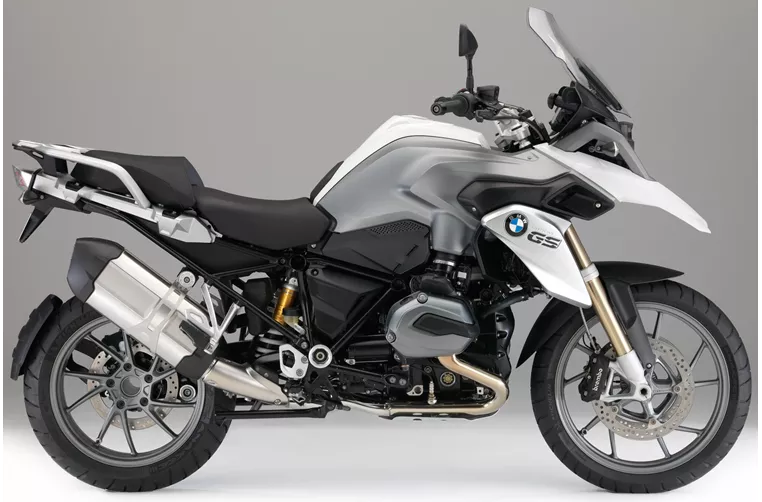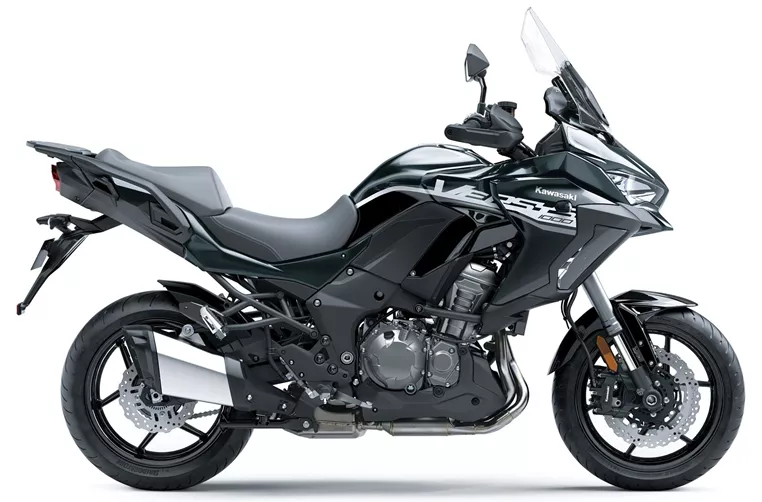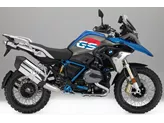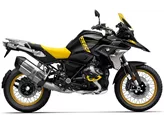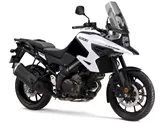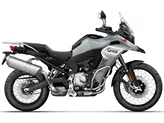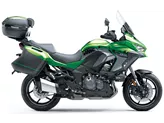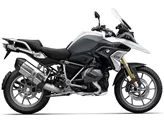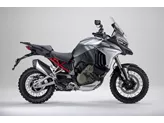BMW R 1200 GS 2015 vs. Kawasaki Versys 1000 SE 2020
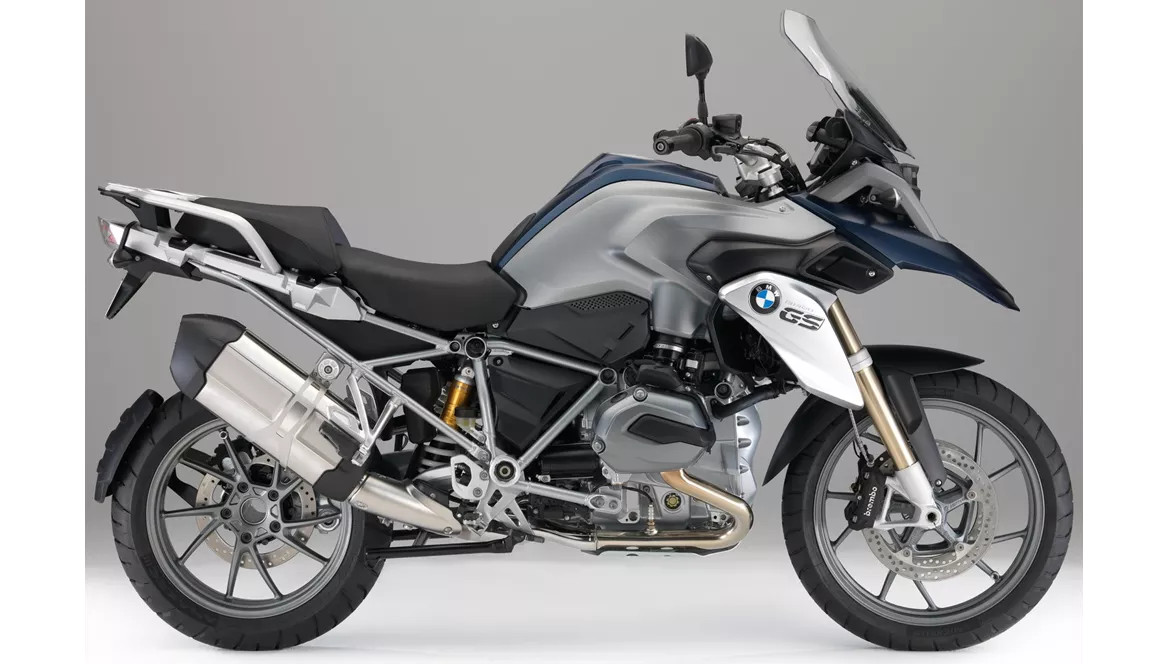
BMW R 1200 GS 2015
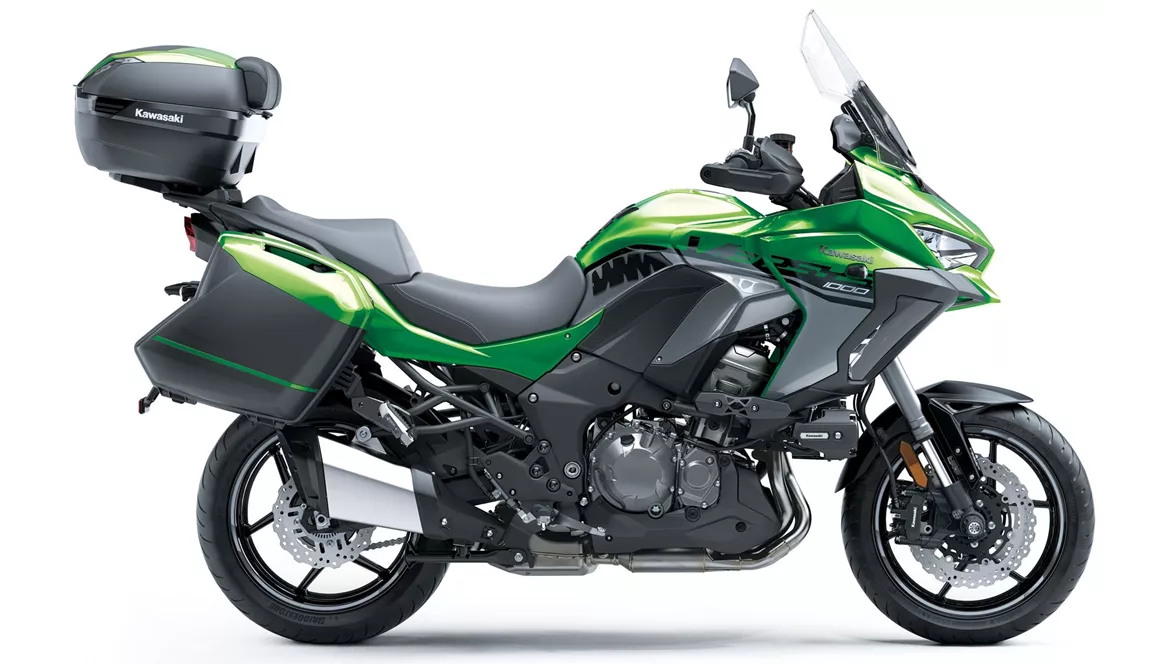
Kawasaki Versys 1000 SE 2020
Visão geral - BMW R 1200 GS 2015 vs Kawasaki Versys 1000 SE 2020
The BMW R 1200 GS 2015 and the Kawasaki Versys 1000 SE 2020 are both popular models in the adventure motorcycle segment. While they have some similarities, they also have distinct differences in terms of their technical specifications and strengths.
Starting with the technical specifications, the BMW R 1200 GS 2015 is equipped with a Boxer engine, while the Kawasaki Versys 1000 SE 2020 features an inline-four engine. The BMW has a larger bore of 101 mm compared to the Kawasaki's 77 mm, which indicates that the BMW engine has a larger cylinder diameter. However, the Kawasaki has a longer stroke of 56 mm compared to the BMW's 73 mm, indicating that the Kawasaki engine has a longer piston travel within the cylinder. In terms of power, the BMW R 1200 GS 2015 generates 125 HP, while the Kawasaki Versys 1000 SE 2020 produces 120 HP. The BMW also has a higher torque of 125 Nm compared to the Kawasaki's 102 Nm. Both motorcycles have different transmission systems, with the BMW utilizing a shaft drive and the Kawasaki featuring a chain drive. The BMW has a displacement of 1170 ccm, while the Kawasaki has a slightly smaller displacement of 1043 ccm.
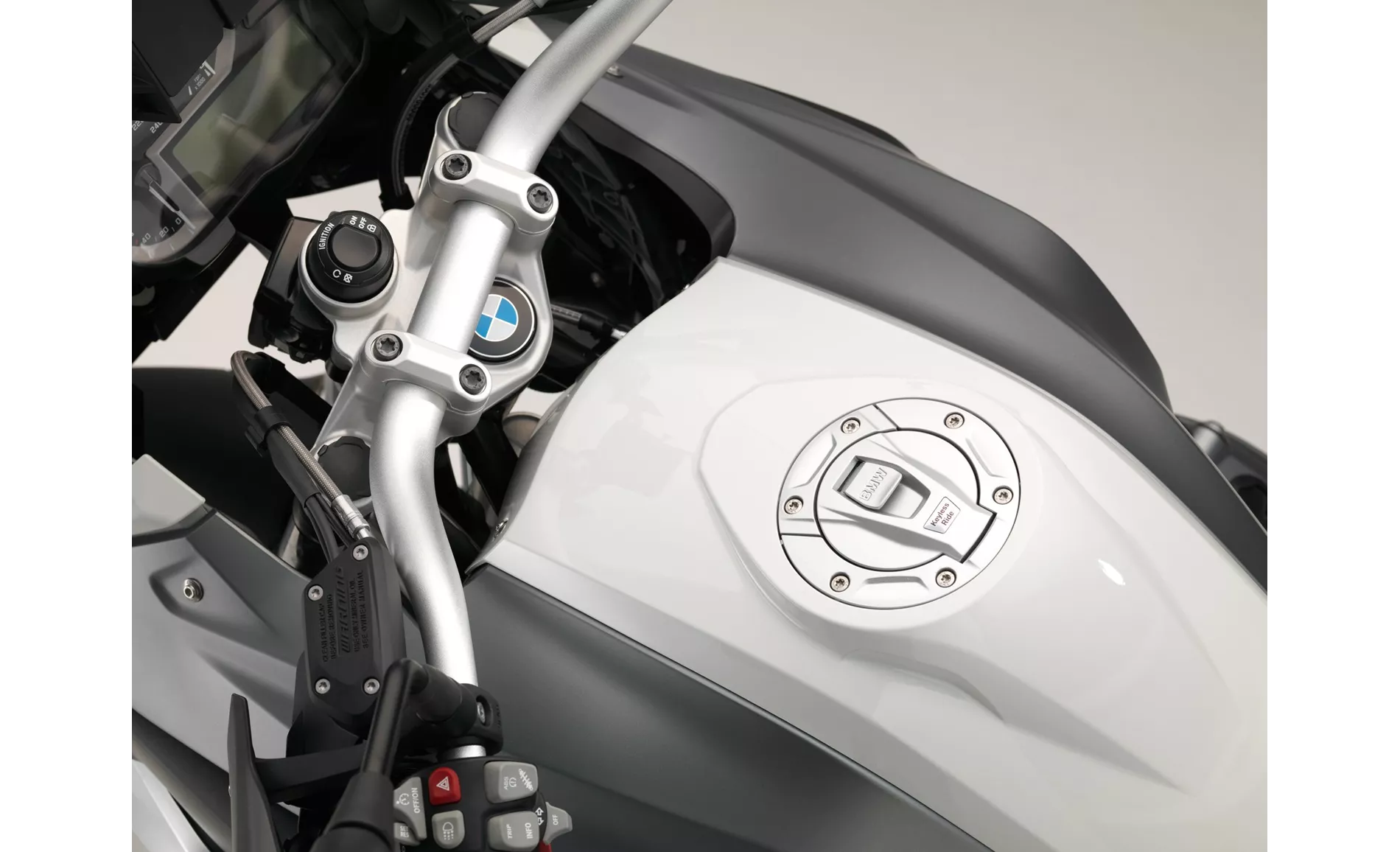
BMW R 1200 GS 2015
Moving on to the suspension, the BMW R 1200 GS 2015 has a front suspension with support and pre-load adjustment, while the Kawasaki Versys 1000 SE 2020 is equipped with an upside-down telescopic fork with compression, pre-load, and rebound adjustment. For the rear suspension, the BMW has a single swingarm suspension with pre-load adjustment, while the Kawasaki features a swingarm suspension with compression, pre-load, and rebound adjustment. Both motorcycles have different frame materials, with the BMW having a steel frame and the Kawasaki featuring an aluminum frame.
In terms of braking, both motorcycles have dual disc front brakes. The BMW R 1200 GS 2015 has a 19-inch front tire diameter and a 17-inch rear tire diameter, with a rear tire width of 170 mm. On the other hand, the Kawasaki Versys 1000 SE 2020 has a 17-inch front tire diameter and a 17-inch rear tire diameter, with a rear tire width of 180 mm. The BMW has a slightly shorter wheelbase of 1507 mm compared to the Kawasaki's 1520 mm. The seat height of the BMW is 850 mm, while the Kawasaki has a slightly lower seat height of 840 mm. In terms of weight, the BMW R 1200 GS 2015 weighs 238 kg (with ABS), while the Kawasaki Versys 1000 SE 2020 is slightly heavier at 257 kg (with ABS). Both motorcycles have fuel tanks with a capacity of 20 liters for the BMW and 21 liters for the Kawasaki.
Now, let's discuss the strengths and weaknesses of each motorcycle. The BMW R 1200 GS 2015 is known for its powerful engine and low fuel consumption. It offers a comfortable seating position and can be used both on and off-road. The BMW also has a high reputation in the market. However, it has a long and expensive maintenance interval and it may take some time to get used to the Telelever front suspension. Additionally, the brakes on the BMW R 1200 GS 2015 are known to be very sharp.
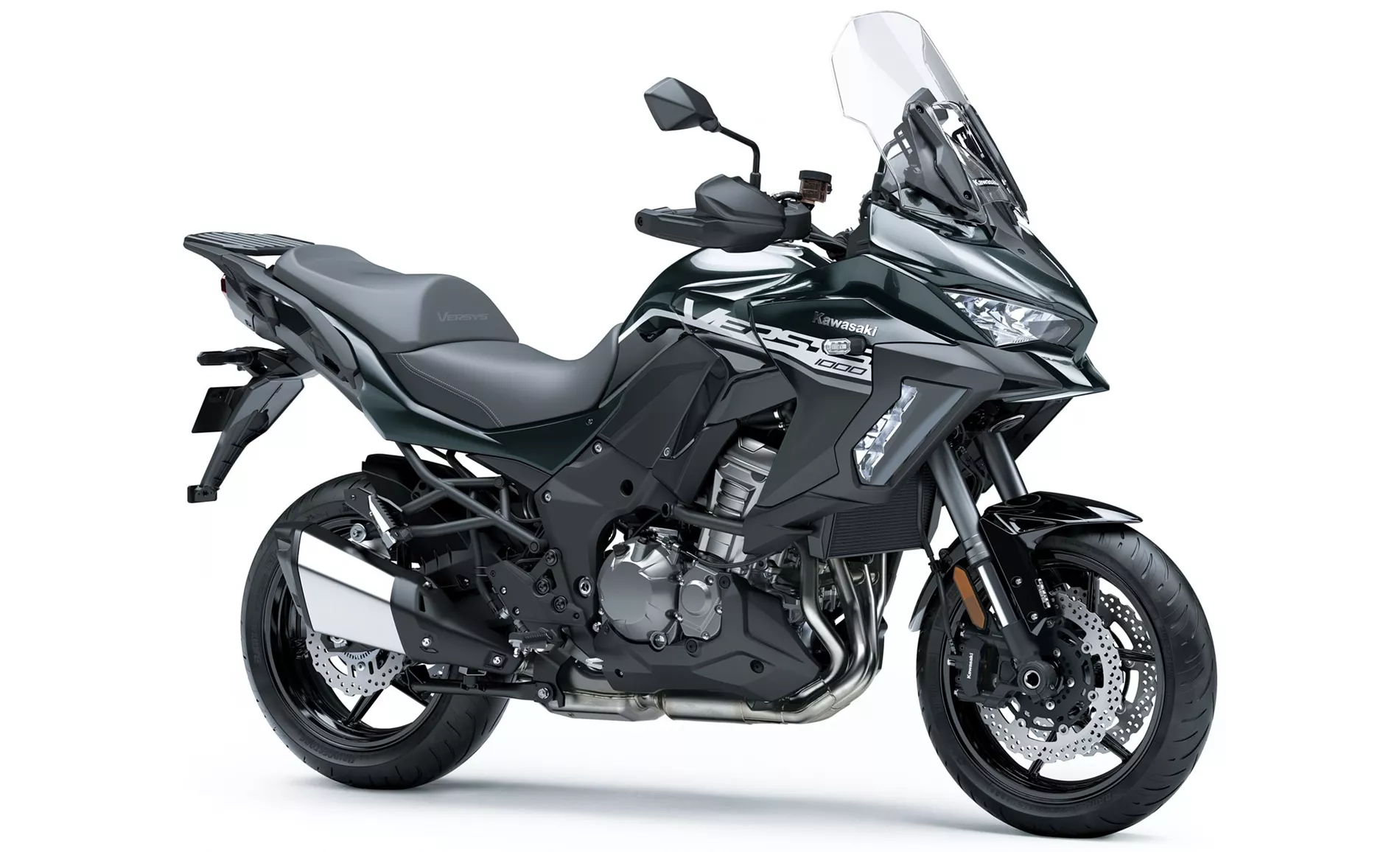
Kawasaki Versys 1000 SE 2020
On the other hand, the Kawasaki Versys 1000 SE 2020 offers a high level of comfort for both the rider and passenger. It provides excellent wind and weather protection and its high-quality chassis can be adjusted precisely to meet individual needs. The Kawasaki also has a well-controlled and responsive engine with strong traction. However, at high temperatures, the standard windshield may be too large, even in the lowest setting, and the screen and mobile application may not be as advanced as those offered by competitors.
In conclusion, both the BMW R 1200 GS 2015 and the Kawasaki Versys 1000 SE 2020 are capable adventure motorcycles with their own strengths and weaknesses. The BMW offers a powerful engine and low fuel consumption, while the Kawasaki provides high comfort and precise chassis adjustments. Ultimately, the choice between the two will depend on individual preferences and priorities.
Especificações técnicas BMW R 1200 GS 2015 em comparação com Kawasaki Versys 1000 SE 2020
Prós e contras em comparação
Prós e contras em comparação
BMW R 1200 GS 2015
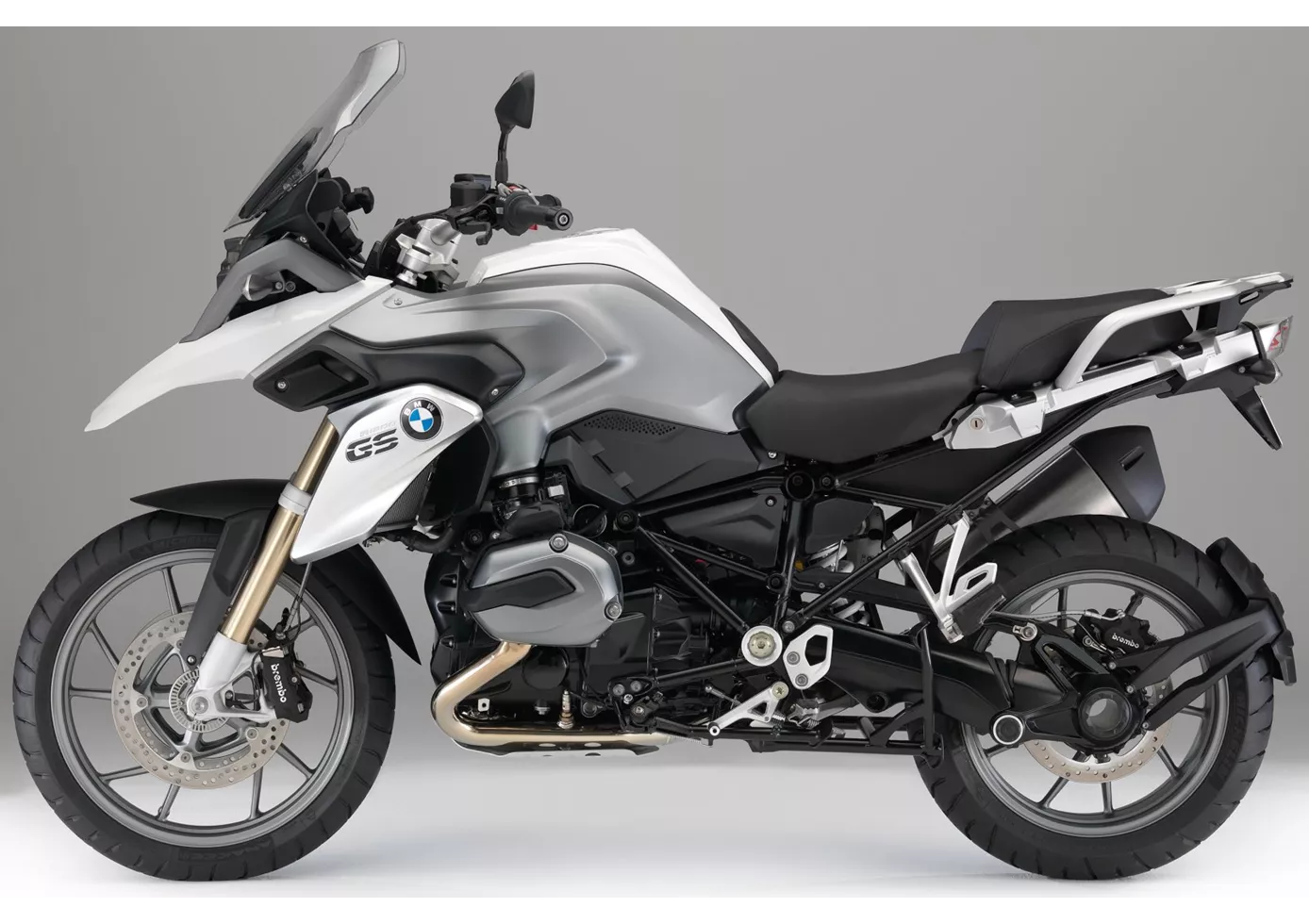
Uma GS sente-se em casa em quase todo o lado - mas apenas de forma limitada na pista de corridas. É um prazer sentir a potência do bicilindro boxer parcialmente arrefecido a água à saída da curva - 125 cv só no papel parecem muito mais fracos do que os 150 ou mesmo 160 cv da concorrência. Com 125 Newton metros de binário, a aceleração a partir do fundo é soberba e a GS, com 238 quilos pronta a conduzir, não carrega demasiada flacidez apesar da sua aparência volumosa. Em curvas muito apertadas, o baixo centro de gravidade também tem um efeito positivo - a BMW R 1200 GS é muito difícil de quebrar! Mesmo a suspensão dianteira com telelever, que suprime a tendência da roda dianteira para afundar durante a travagem, encaixa-se perfeitamente no pacote geral da GS e só pode diminuir ligeiramente o seu carácter desportivo.
Kawasaki Versys 1000 SE 2020
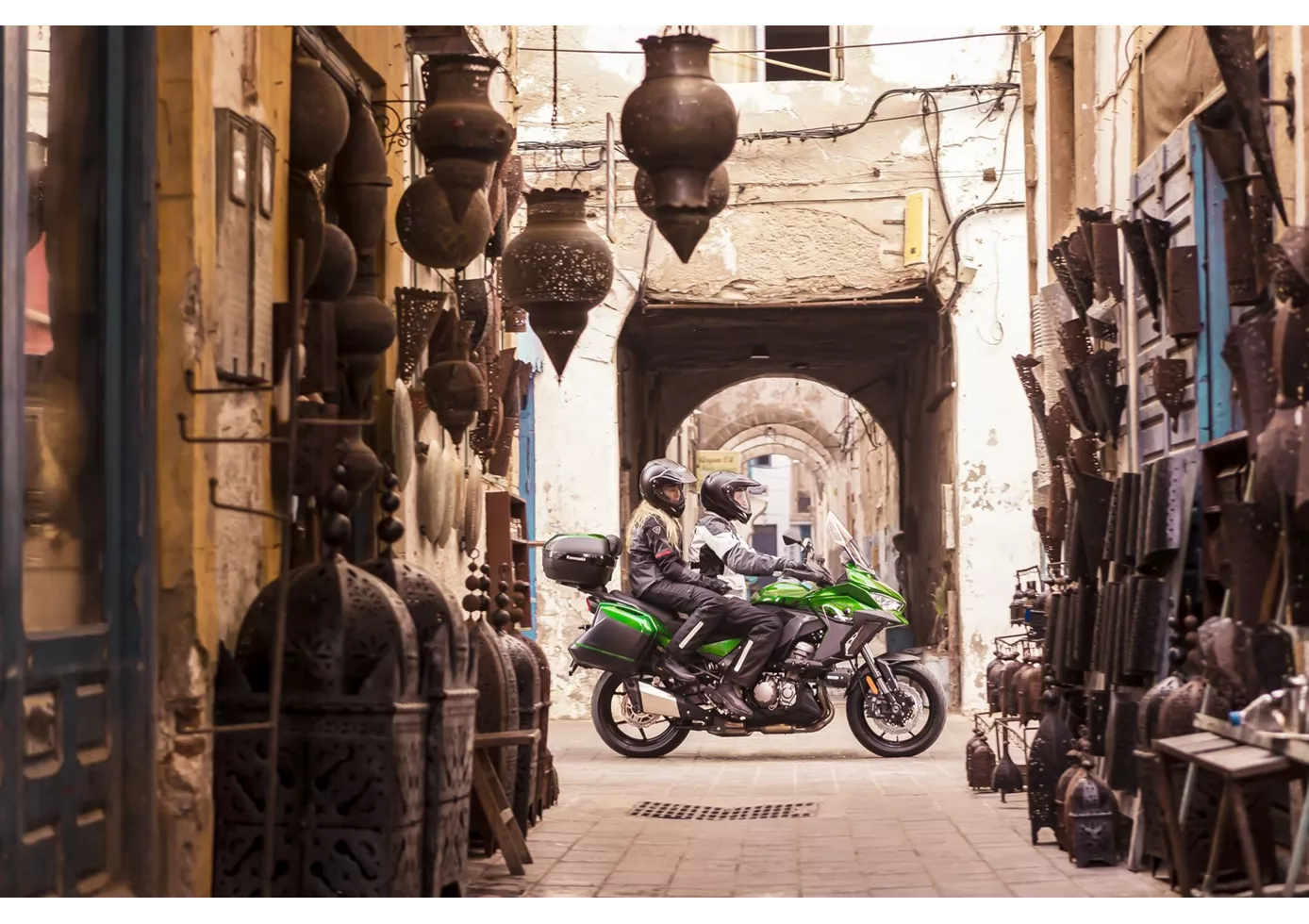
A Kawasaki Versys 1000 SE é um representante particularmente bem concebido de um tipo que é tão difícil de categorizar. No final, é simplesmente uma moto muito boa e universal. Na mesa dos regulares, dificilmente marcará pontos com 120 cv. Mas, na prática, todos os elementos da mota são concebidos e dimensionados de forma a que se goste de a conduzir durante muito tempo. Em viagens longas, tem potência suficiente, oferece um comportamento dinâmico e um elevado conforto de condução. Em comparação com a concorrência, não se sente a falta de potência. A Kawasaki deve melhorar a integração de um aplicativo Navigatinos no display.
Comparação de preços Preço médio de mercado BMW R 1200 GS vs Kawasaki Versys 1000 SE
There are a few key differences between a BMW R 1200 GS 2015 and a Kawasaki Versys 1000 SE 2020. In terms of price, the actual average price of a Kawasaki Versys 1000 SE 2020 is about 13% higher. Compared to Kawasaki Versys 1000 SE 2020 there are more BMW R 1200 GS 2015 bikes available on the 1000PS.de Marketplace, specifically 47 compared to 8. It takes less time to sell a BMW R 1200 GS with 66 days compared to 156 days for a Kawasaki Versys 1000 SE. Since model year 2005 1000PS.de editors have written 98 reviews for the BMW R 1200 GS and 12 reviews for the Kawasaki Versys 1000 SE since model year 2019. The first review for the BMW R 1200 GS was published on 20/01/2004 and now has more than 19 100 views. This compares to more than 25 500 views for the first review on Kawasaki Versys 1000 SE published on 06/11/2018.
